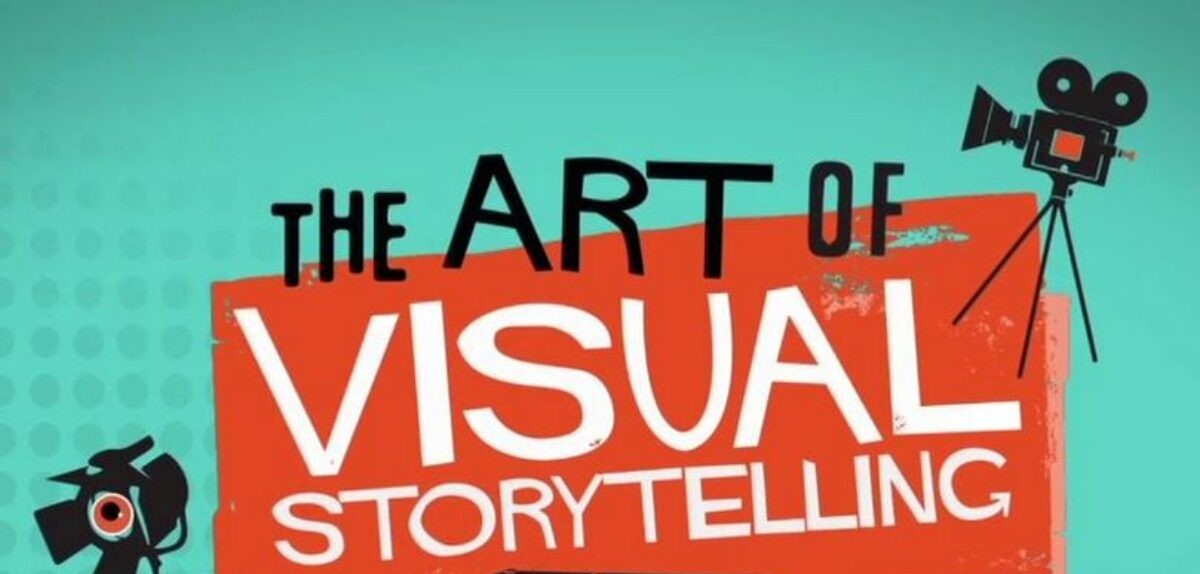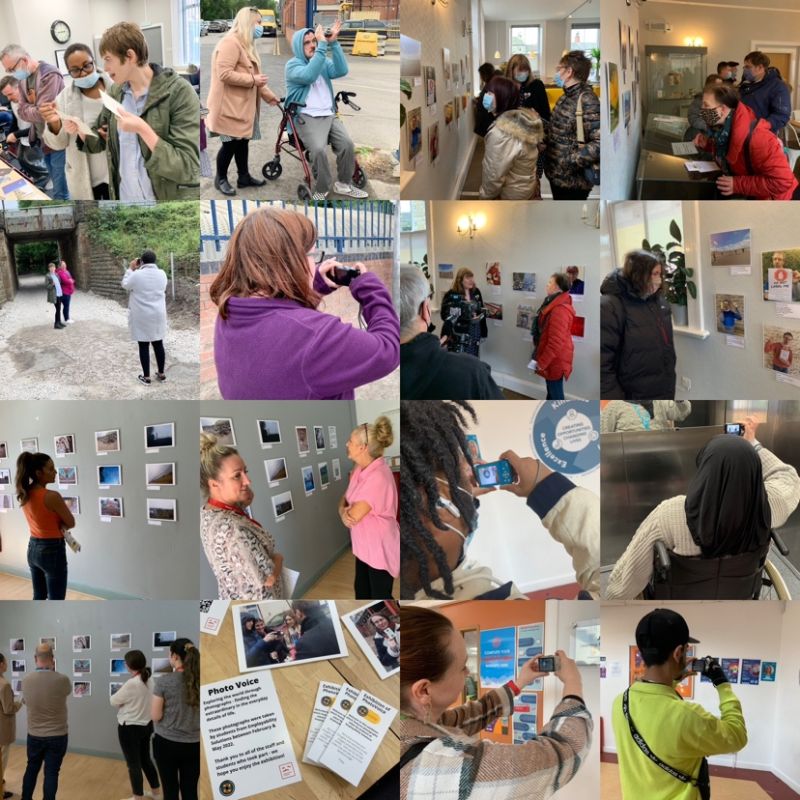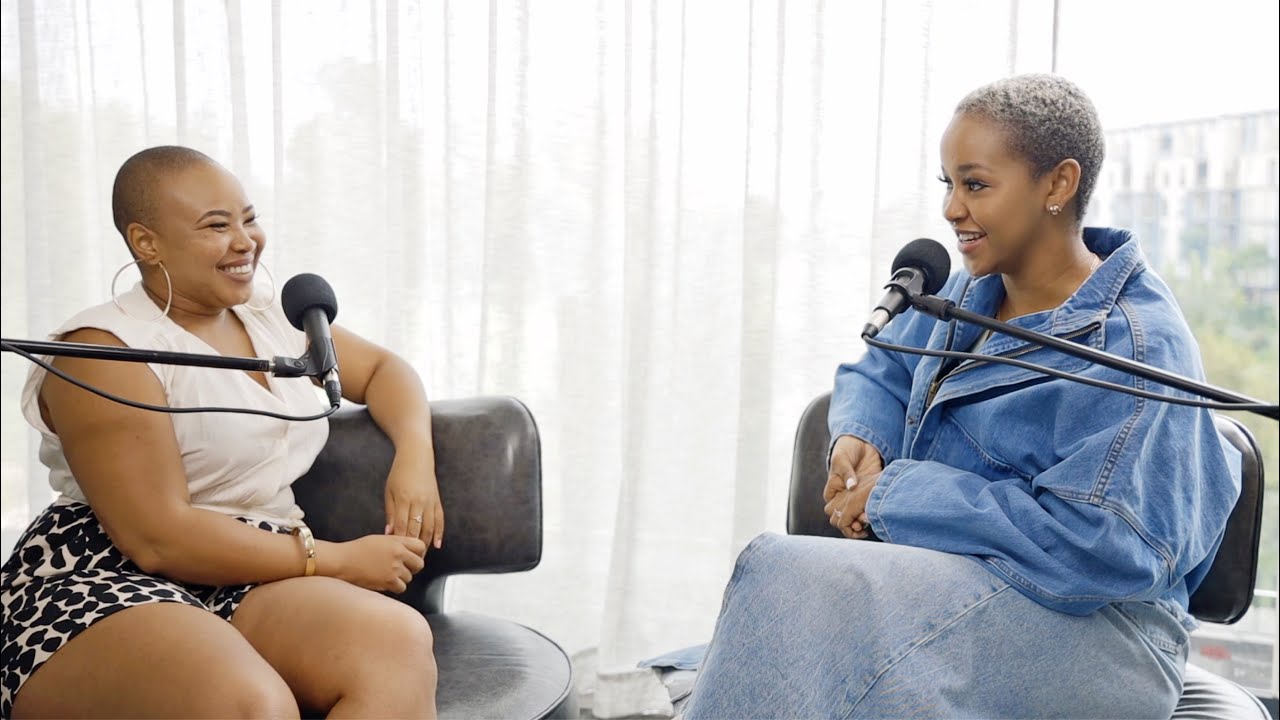In today’s interconnected world, the power of visual storytelling has become an indispensable tool for advocacy, especially for marginalized communities, capable of driving significant social change. From mobile filmmaking to podcasting to photovoice projects, visual mediums allow marginalized communities to represent themselves authentically and highlight their challenges and unique needs. This blog explores the profound impact of visual storytelling, employing creative elements and offering resources for those interested in leveraging this powerful medium for advocacy.
The Art of Visual Storytelling
Visual storytelling encompasses various forms, including photography, film, and digital media, to convey messages and narratives. Unlike traditional forms of communication, visual storytelling transcends language barriers and can evoke emotional responses more effectively. This emotional engagement is pivotal in advocacy, as it helps build empathy and understanding among diverse audiences. Visual storytelling also helps marginalized communities find their voice to tell their own stories of change.
Mobile Filmmaking: A New Wave of Artivism
Mobile filmmaking has revolutionized the way stories are told, particularly for marginalized communities. The accessibility of smartphones equipped with high-quality cameras means that anyone, regardless of their socio-economic status, can document and share their experiences. This democratization of filmmaking empowers individuals to become their own advocates, highlighting issues that mainstream media may overlook.
For instance, marginalized groups, such as sexual and gender minorities, can use mobile filmmaking to document their lived experiences, challenges, and triumphs. These films can then be shared on social media platforms, reaching a global audience and fostering a greater understanding of the issues faced by these communities. The immediacy and intimacy of mobile films can create a powerful connection between the storyteller and the audience, driving home the urgency of social change.
PhotoVoice: Amplifying Marginalized Voices Through Photography
PhotoVoice is a form of visual storytelling that empowers individuals to share their stories and highlight community needs. Through visual images, marginalized groups, such as sexual and gender minorities, can positively represent themselves and their issues.
As a concept, PhotoVoice involves using photography to facilitate social change. Participatory photography is valuable for any marginalized or underrepresented group, helping to bring attention to injustice and social deprivation and potentially prompting action from those in positions of power. By equipping marginalized groups with cameras and teaching them the basics of photography, PhotoVoice projects provide a platform for these individuals to document their realities and advocate for change.
One of the key strengths of PhotoVoice is its ability to humanize social issues. Photographs can capture moments of inequality, resilience, and hope in a way that words alone cannot. These images can then be used in exhibitions, reports, and social media campaigns to bring attention to the needs of marginalized communities. For example, sexual and gender minorities can use PhotoVoice to highlight issues such as discrimination, violence, and lack of access to healthcare, thereby influencing public opinion and policy reforms.
To learn more about the impact of PhotoVoice and how it is used to drive social change, visit [Queering PhotoVoice](https://reportout.org/queering-photovoice/).
Broadcasting and Podcasting: Reaching Wider Audiences
In addition to visual storytelling, broadcasting and podcasting have become influential tools for advocacy. These mediums allow for the dissemination of stories and information to a broad audience, often in an engaging and accessible format. Podcasts, in particular, have seen a surge in popularity, providing a platform for in-depth discussions on social issues.
For sexual and gender minorities, podcasts and broadcasts offer an opportunity to share their stories and perspectives with a global audience. These platforms can be used to discuss topics such as LGBTQIA+ rights, mental health, and community support, providing listeners with a deeper understanding of the challenges faced by these communities. By giving a voice to the voiceless, broadcasting and podcasting can help drive social change by educating and mobilizing listeners.
Case Study: Cinema Feast Collection

The Cinema Feast Collection is a remarkable example of how independent queer cinema by people of color can be used as a tool for advocacy. This collection showcases films that explore the diverse experiences of queer individuals from different cultural backgrounds, providing a platform for underrepresented voices in the film industry.
Through powerful storytelling and compelling visuals, these films address issues such as identity, discrimination, and abuse. By bringing these stories to the forefront, the Cinema Feast Collection not only entertains but also educates audiences about the unique challenges faced by queer communities of color. To explore this collection and learn more about the filmmakers, visit [Cinema Feast Collection I Independent Queer Cinema by People of Colour](https://www.cinemafeast.org).
Learning and Resources
For those interested in leveraging visual storytelling for advocacy, numerous resources are available to help you get started:
Books:
– “PhotoVoice: Telling Stories with Photographs” by Caroline C. Wang and Mary Ann Burris – Photovoice: Concept, Methodology, and Use for Participatory Needs Assessment – Caroline Wang, Mary Ann Burris, 1997
– “The Filmmaker’s Handbook: A Comprehensive Guide for the Digital Age” by Steven Ascher and Edward Pincus – (PDF) THE FILMMAKER’S HANDBOOK Completely Revised and Updated by Steven Ascher With Contributions by David Leitner A COMPREHENSIVE GUIDE FOR THE DIGITAL AGE FOURTH EDITION | Giacomo Cusimano – Academia.edu
Online Courses and Workshops:
– Coursera offers a variety of courses on filmmaking and photography, including “Cinematography for Mobile Filmmakers” and “Photography Basics and Beyond: From Smartphone to DSLR.”
– Skillshare provides classes such as “Documentary Photography: Capturing Places and People” and “Storytelling Through Film: How to Create Engaging Videos.”
Organizations and Initiatives:
– PhotoVoice (www.photovoice.org) – An organization dedicated to promoting the use of participatory photography for social change.
– ReportOUT (www.reportout.org) – Focuses on the rights of sexual and gender minorities worldwide, including initiatives like Queering PhotoVoice.
Conclusion
As a communications specialist and a Photovoice trainer at ReportOut, I have witnessed firsthand how leveraging visual storytelling has been instrumental in driving positive social change for marginalized communities, especially sexual and gender minorities. Whether through mobile filmmaking, participatory photography, or broadcasting, these mediums allow individuals to share their stories, highlight critical issues that have been overlooked, and advocate for their rights.
For further reading and resources, consider exploring the recommended books and online courses. Additionally, support organizations like PhotoVoice and ReportOUT, which are at the forefront of using visual storytelling for advocacy. Together, we can create a world where every voice is heard and every story is told.
At Shiftbalance, we believe in the power of storytelling to change the world. Learn more about our content production services to see how we do this!
Author: Prince Frimpong (He/They)












